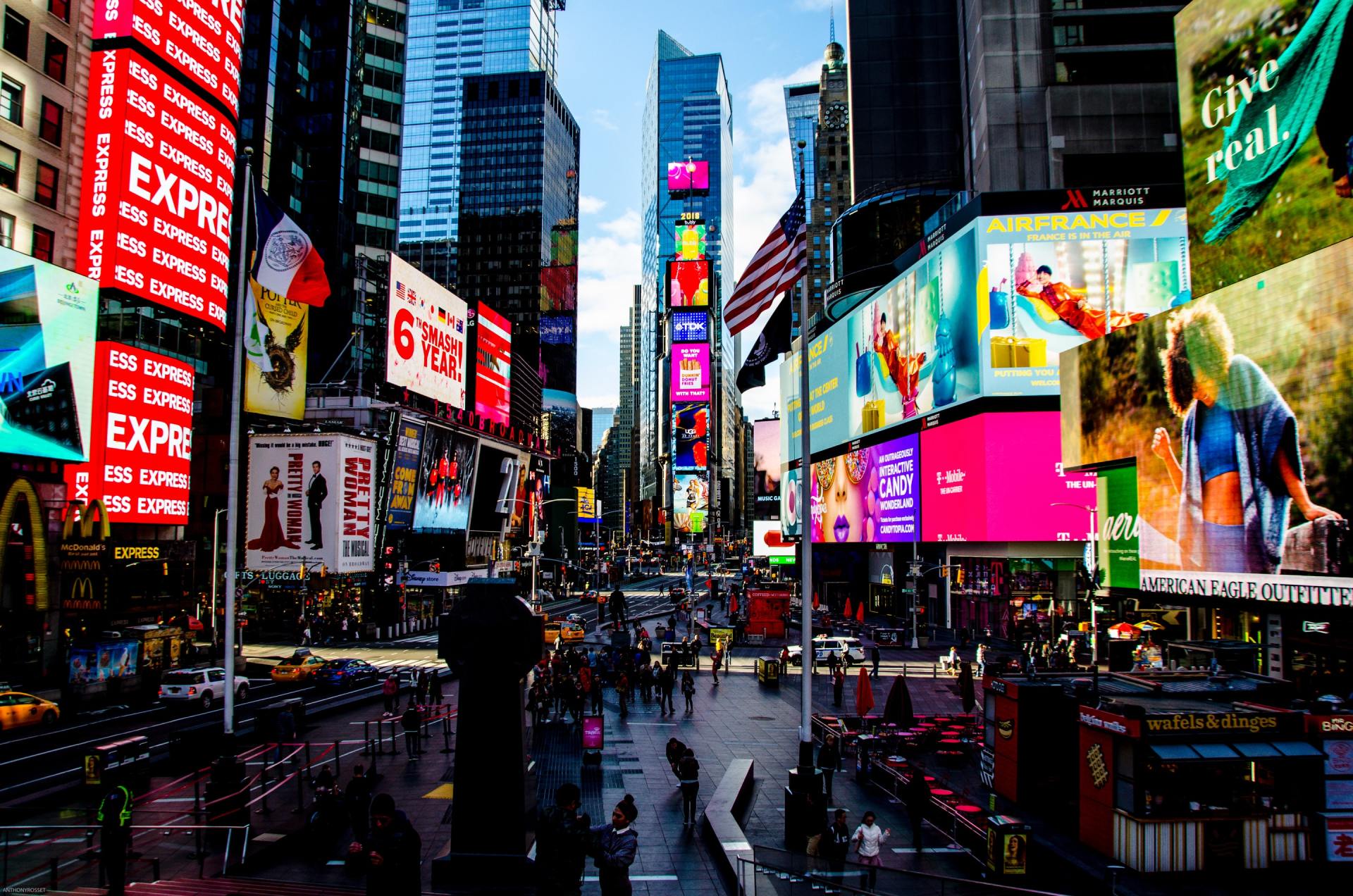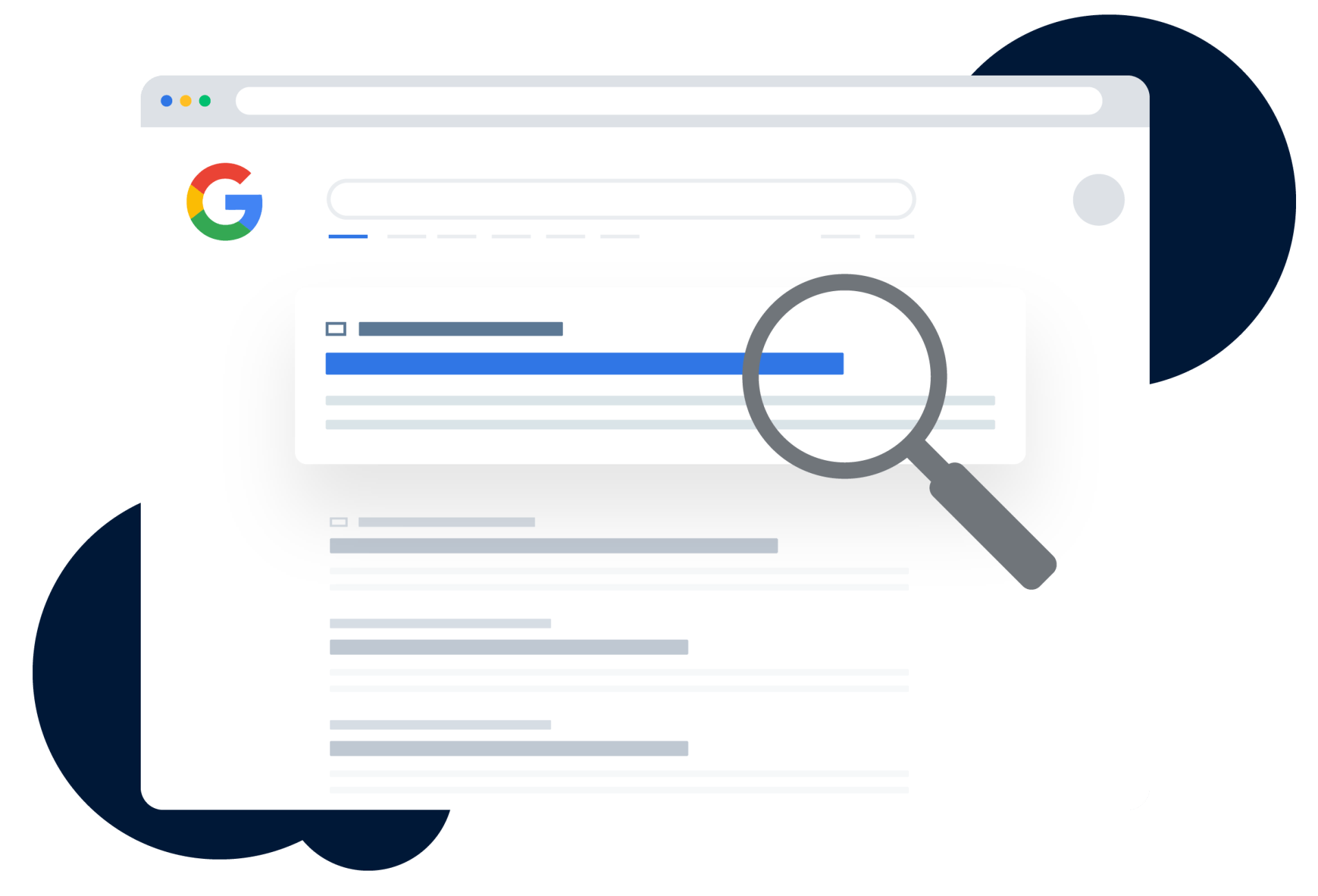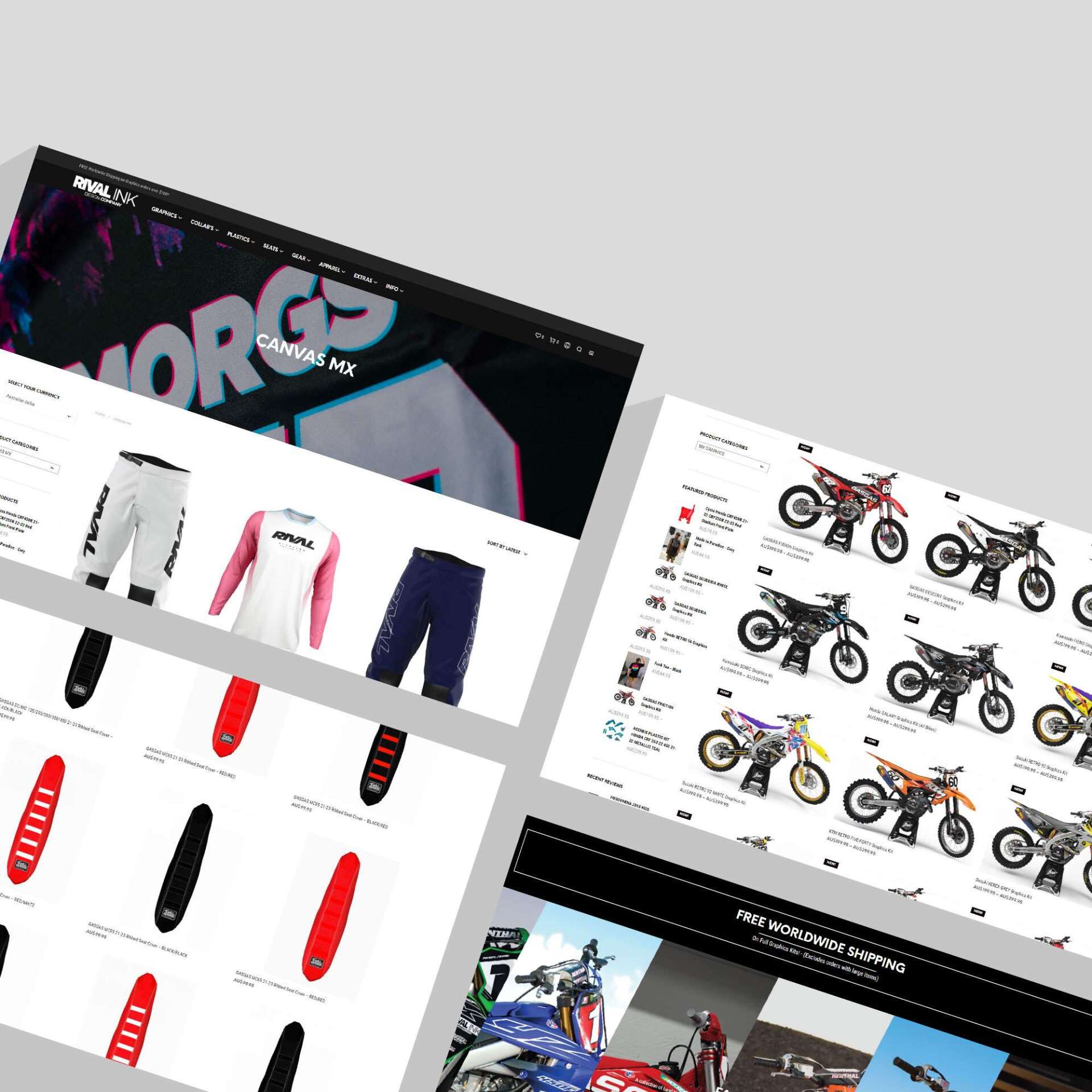What are Smart and Standard display Ads?
Kerry Anderson • October 24, 2019

Google Display Ads
Google created what they call “Display Ads” back in 2003 - three years after the Google Ads network was established. By 2020 there are over 3 million apps and websites that the display network operates across enabling businesses to reach around 90% of online users worldwide. That’s a huge figure when you think of how little Google charges for these ads. A normal Google Search Ad cost per click can range from a few dollars to hundreds of dollars, in comparison display ads are as little as a few cents and at maximum are still astronomically cheaper than other advertising options.
From 2020 Google boasts that their Display Ads drive results for advertisers with the added benefit of Intent Signals coupled with Machine Learning. What Google is saying here is that they are reviewing data obtained by monitoring users behavior online and across sites to determine how they operate and ensuring that your ads are displayed in the best format possible for them. That’s phenomenal! The automation they use, with targeting and bidding in their control, lets Google tell you your ad can be put in the right place at the right time, or in their words “reach users in the moments that matter”.
The sheer scale of 3 million apps and websites means that businesses are no longer conformed to have to advertise in one area and deal with multiple agencies to get that level of global reach. One Ads account, set up correctly, can enable business in California to advertise to users in Australia, New Zealand as well as Canada.
Display advertising is designed to engage potential clients earlier in their buyer’s cycle. With the “intent” based model of Smart Campaigns aiding their bidding strategy, you are trusting Google's Machine Learning to place your ads in front of an audience who may have not heard/seen your business before - therefore opening up your buyer’s channel.
Google has two types of Display Ads available - Standard and Smart, which we will investigate further below.
Smart Display Ads are, as the name suggests, Smarter, as they are completely automated. As a business you do get some form of control over them in the sense of what images you allow Google to display, some content options you want them to use, how much you’re willing to pay per day and per “acquisition”. Google takes all that information and determines which ads to display and what images generate the best outcome. From here the machine will commence its learning phase and continue to make the alterations it deems suitable and display the ads where it feels the audience best suits. As the learning goes on your ads become more refined. Cost Per Acquisition (CPA) or Return On Ad Spend (ROAS) is the bidding methods used for these ads and its important to understand what they mean. Rather than Google charging you each time your ads are clicked on by a user (cost per click CPC), CPA is where you set what a “conversion” is when you create the ad and you are charged only when that conversion occurs also known as acquisition. ROAS works in the same way and means that your bids are automatically altered at the time of the auction based on the likelihood that you will convert for that search eg pay more if it means higher chance to convert and vice verse pay less for lower conversion search terms. You won’t be able to start with a Smart Display Ad initially as Google requires your display campaigns to have achieved at least 50 conversions on display (or 100 on search) within the last 30 days. This is where a smart digital marketing agency becomes useful as they work with you to achieve these goals to then be able to take advantage of Google's Machine Learning.
Standard Display Ads are where you are given full control over all aspects of the campaign as each area requires you to manually create or set it. Google gives you 3 objectives to choose from when initially creating your Standard Display Ad being - to build awareness - influence consideration - drive action. Selecting which one is right for your business depends on the outcome you are looking for. If you are a “new to market” brand looking to get your name out there and people knowing who you are then building awareness will probably work for you. If you want people to “explore” your companies options over others then influencing consideration is best. If you simply want more sale or more leads then driving action would be better as it seeks to motivate users to engage with your brand over others. Unlike Smart Campaigns where the bidding method is set by Google - with Standard Campaigns you have two other bidding options to choose from on top of ROAS and CPA - Enhanced Cost Per Click and Maximised Conversions. Enhanced CPC is a bit different to manual CPC as with enhanced you are still giving Google control on bidding higher or lower depending on whether it feels it is likely to convert. Maximised Conversions is a bidding strategy that is purely focused on getting as many conversions as possible within your current budget - it isn’t about pacing your budget or ensuring your ads are shown continually throughout the day rather just getting as much “bang for your buck” as it can. The other area you have to set when creating a Standard Display Ad is the format of the ads themselves. The two options available from Google are Responsive Display Ads (ads which automatically adjust size and format to suit what device the user is searching from) or Uploaded Ads (where you control how these ads will look depending on the device but will be required to upload multiple ads to cover each size variation).
Now that we’ve covered the two Display Ad options available to you, it's time to put your thinking hat on - or if you’d prefer some help in deciding which option is best for you, feel free to contact the team today!















